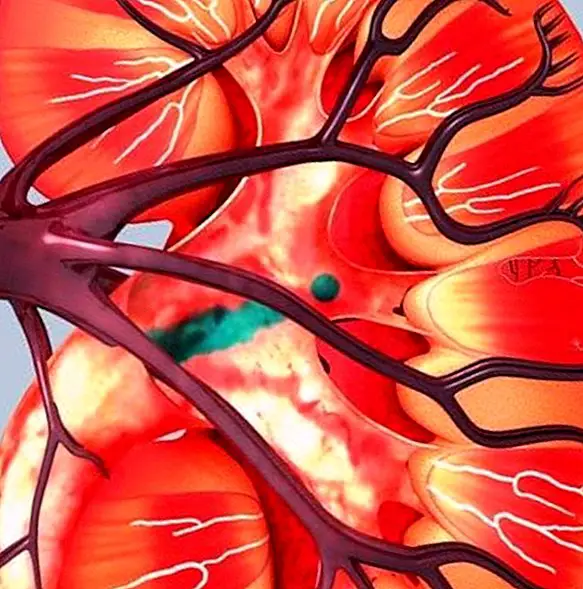Baby on board, do you really travel safe? How to find the ideal car seat
The baby has already been born and among many things that leads to his happy arrival is the time to choose a good chair that responds and complies with all the safety rules for our safe and protected small trip.
When choosing the best chair both mothers and fathers we find a host of these travel seats, all brands, all colors, sizes, prices, which are placed in the direction of travel or vice versa of the March. 
Before buying the travel chair for our baby we must first look at anything that complies with the safety regulations, the travel seat that we buy must be homologated.
Maybe you wonder what does it mean approved?
It must be subject to the current European regulation ECE-R44.03, this regulation is an orange sticker (sticker) that the chair must have and that is usually located in the back of the chair.
This orange label is the proof that guarantees us that the seat has been subjected to all safety tests such as side, frontal, and that meets them with what safety and reliability are guaranteed.
The Spanish regulation establishes that all children under 12 years of age who do not reach a height of 1.35 centimeters must use a restraint device or chair adapted to their height and weight.
The regulation establishes for this a classification of child safety systems that suits each stage of their growth, classifying them by groups: Group 0, group 0+, group I, group II, group III.
Know the weight and size of each of the groups
- Group 0: This group is for newborns, and up to 12 months, and up to 10 kilos of weight.
- Group 0+: This group is also valid for newborns, and until the baby is 18 months old, and up to 13 kilos in weight.
- Group I: From one year to 4 years and always from 9 kilos to 18 kilos.
- Group II: This group collects from 3 years to 6 years and weighing in, (from 15 kilos to 25 kilos of weight).
- Group III: From 22 kilos to 36 kilos of weight and an approximate age between 5 years to 12 years.

Know the characteristics of each group
The characteristics that we detail below will guide us on how to place each car seat as well as the time when it should be used instead of seats, seats or booster cushions:
Group 0
The chairs that correspond to this group are placed in the opposite direction to the march, in the front or rear seat, with the rear seat being the most recommended.
In the case that we carry carrycot should be placed in the rear seats and horizontal and transverse to the march.
Group 0+
These chairs are always placed in the opposite direction to the march and will always be placed in the rear seats and we will hold the chair with a 5-point harness.
By placing the seat in the opposite direction to the march, the head, neck and the baby's spine are better protected.
When the baby exceeds 13 kilos in weight or his head protrudes above the back we must change to the chair of the next group.
Group I
In this group are the chairs that come with a harness and that look forward.
These chairs are placed in the car before sitting the baby and fixing it with the belt of the vehicle.
Once the chair is placed in the car, we will seat the baby and hold him with a 5-point harness, which will always fit well with his little body.
Some models of chairs of this group also allow to be placed in the opposite direction to the march.
Group II and Group III
To this group correspond the seats and the elevating or elevating cushions.
These models are indicated when boys and girls are somewhat older but not so much, they are larger for a chair but still small to use the seatbelt of the car like adults. 
We place the seat or the lift cushion in the car, sit the child and hold the child-a with the seat belt of the car as follows: We must take the diagonal band of the belt and pass it over the clavicle and over the shoulder without touching the neck and the vertical band of the belt on the hips and thighs, we will never leave it on the child's stomach.
In addition to the characteristics that we have been detailing of each group of seats we must take into account some advice when choosing it:
- Check that the chair is firmly attached to the car seats.
- Check that the chair fits perfectly to the seats of the car as well as to the seat belts of the car.
- Always follow the assembly instructions.
- Buy approved chairs and look on the label for the letter E which will tell us what kind of car the seat is valid for and the age and weight of the children who can use it.
- Keep in mind that the central rear seat is the safest against a side or frontal collision.
- Take into account if the chair is to be placed in the front seat of the car we must disconnect the airbag.


